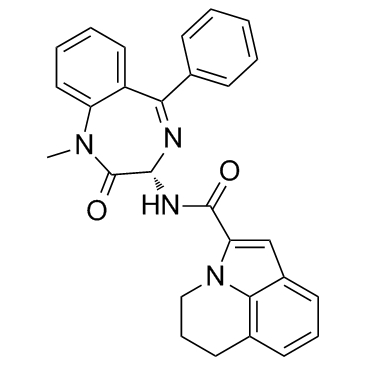Cholecystokinin Receptor
Cholecystokinin (CCK) is a neuropeptide that affects growth rate in chickens by regulating appetite. CCK peptides exert their function by binding to two identified receptors, CCKAR and CCKBR in the GI tract and the brain, respectively, as well as in other organs. In mammals, CCK/CCKAR interactions affect a number of immunological parameters, including regulation of lymphocytes and functioning of monocytes.
CCK, also known as pancreozymin, is synthesized and secreted by enteroendocrine cells in the duodenum. The main function of CCK is to cause the release of digestive enzymes and bile from the pancreas and gallbladder, respectively. It also induces drug tolerance to opioids like morphine and heroin. Cholecystokinin (CCK) has strong bioactivity in the regulation of a number of cell activities.
Targets for Cholecystokinin Receptor
Products for Cholecystokinin Receptor
- Cat.No. Nombre del producto Información
-
GC31558
CCK-A receptor inhibitor 1
El inhibidor 1 del receptor CCK-A es un inhibidor del receptor de colecistoquinina A (CCK-A) con un IC50 de 340 nM.
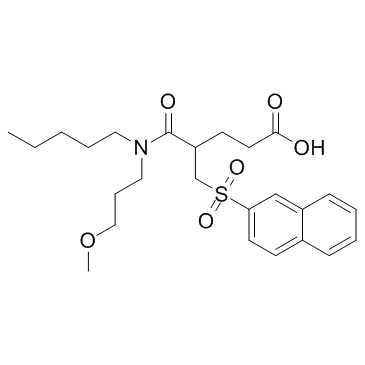
-
GC30752
CCK-B Receptor Antagonist 1
El antagonista del receptor CCK-B 1 es un antagonista del receptor de colecistoquinina B (CCK-B) y tiene el potencial de reducir la secreciÓn de Ácido gÁstrico.
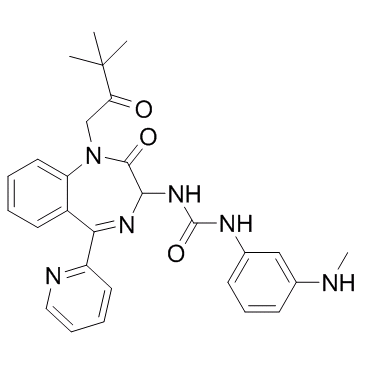
-
GC38746
CCK-B Receptor Antagonist 2
El antagonista 2 del receptor CCK-B, compuesto 15b, es un antagonista de gastrina/CCK-B potente y oralmente activo con un valor IC50 de 0,43 nM.
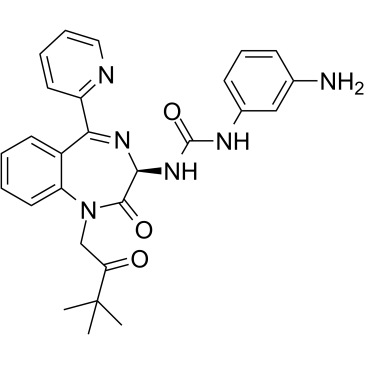
-
GC30008
Ceruletide (Caerulein)
Ceruletide, es decapéptido, un contrictor de la vesícula biliar eficaz, también tiene un efecto espasmódico directo sobre músculos de la vesícula biliar y conductos de humanos y animales.
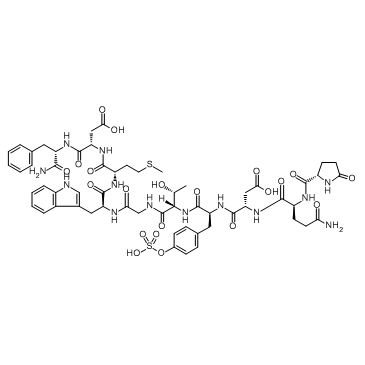
-
GC30674
CHEMBL333994 (FK-480)
CHEMBL333994 (FK-480) es un antagonista de la colecistoquinina A (CCK-A) potente y eficaz por vÍa oral, con una IC50 de 0,67 nM.
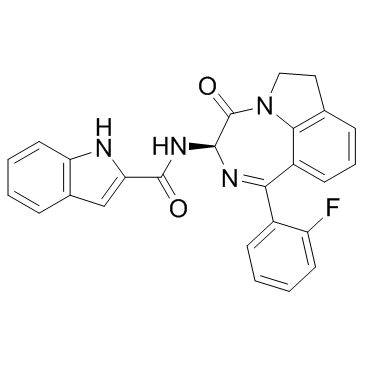
-
GC18139
Devazepide
Antagonista del receptor CCK1 (CCK-A), activo por vía oral.
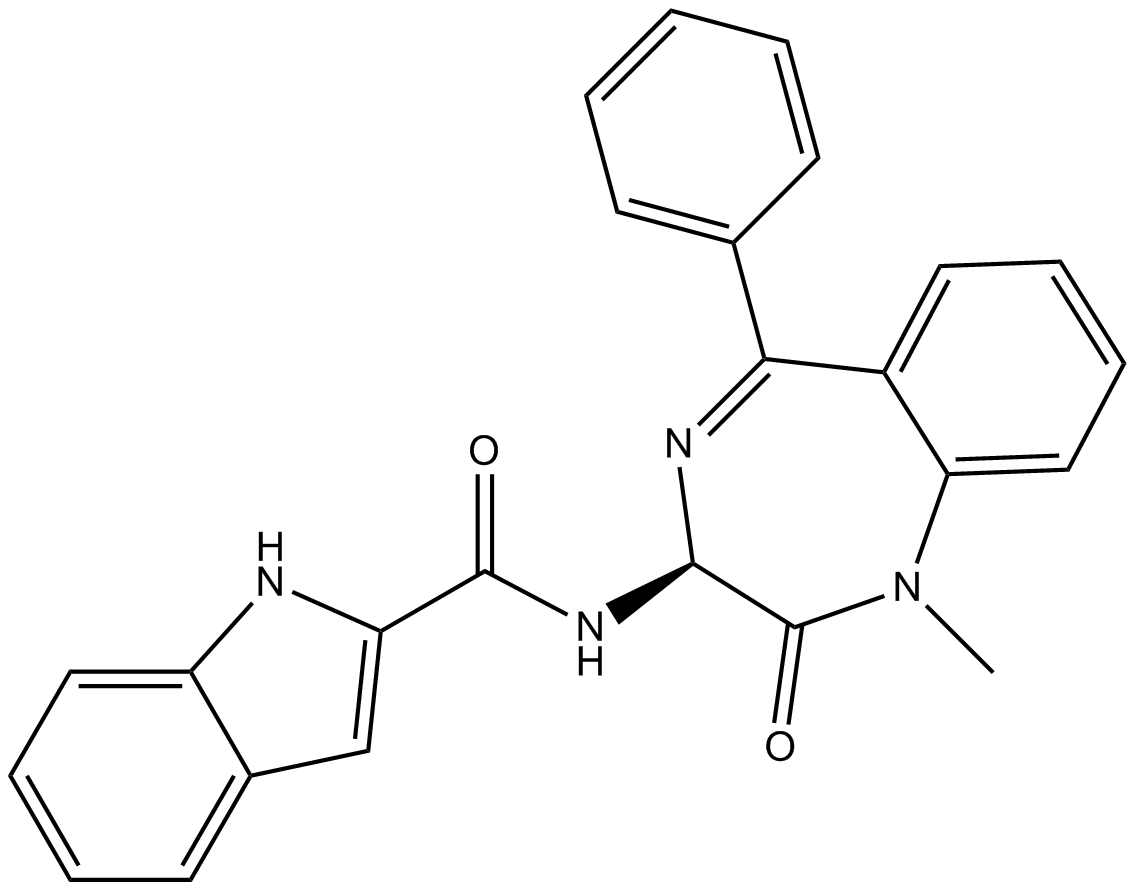
-
GC35846
Dexloxiglumide
La dexloxiglumida es un antagonista selectivo del receptor de la colecistoquinina tipo A (CCKA).
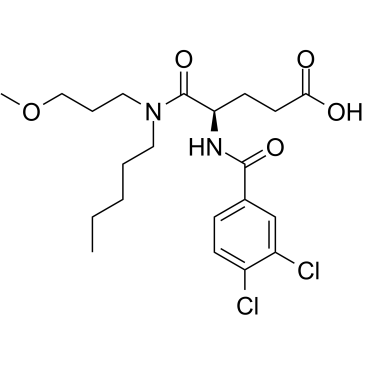
-
GC15133
Gastrin I (human)
Agonista selectivo del receptor CCK2
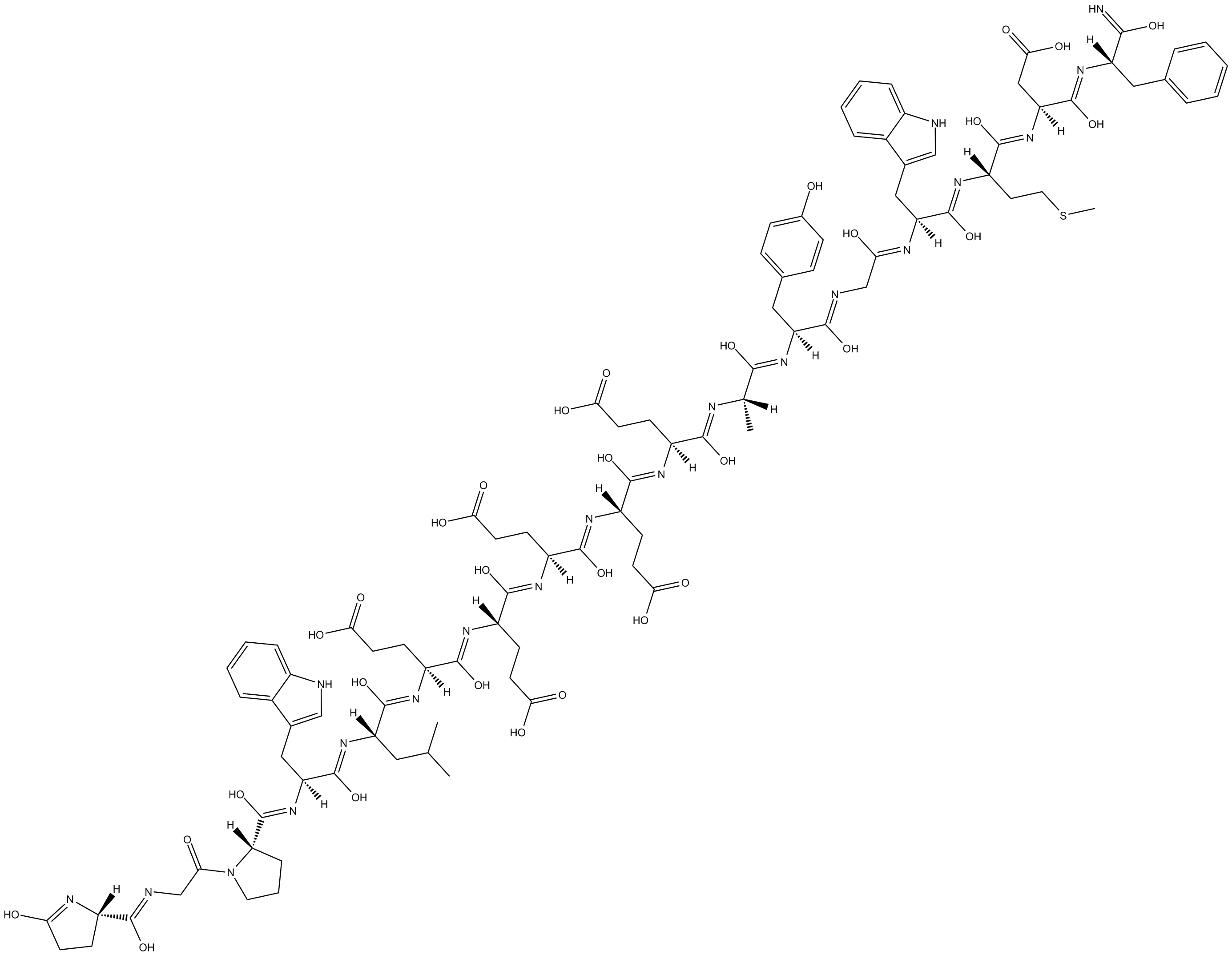
-
GC30680
Gastrin/CCK antagonist 1
Gastrina/CCK antagonista 1 es un antagonista de gastrina/CCK, utilizado para la investigaciÓn de trastornos gastrointestinales.
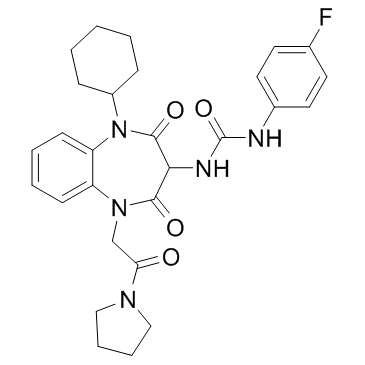
-
GC31592
GI 181771
GI 181771 es un agonista del receptor de colecistoquinina 1 investigado para el tratamiento de la obesidad.
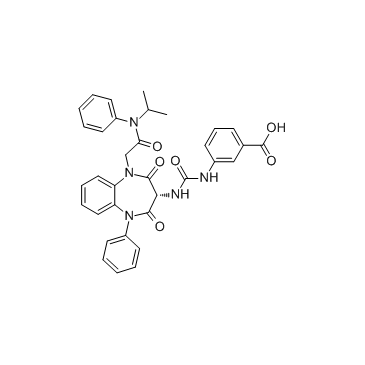
-
GC10360
Lorglumide (sodium salt)
Lorglumide (sal de sodio) (CR-1409 sal de sodio) es un potente antagonista del receptor de colecistoquinina (CCK).
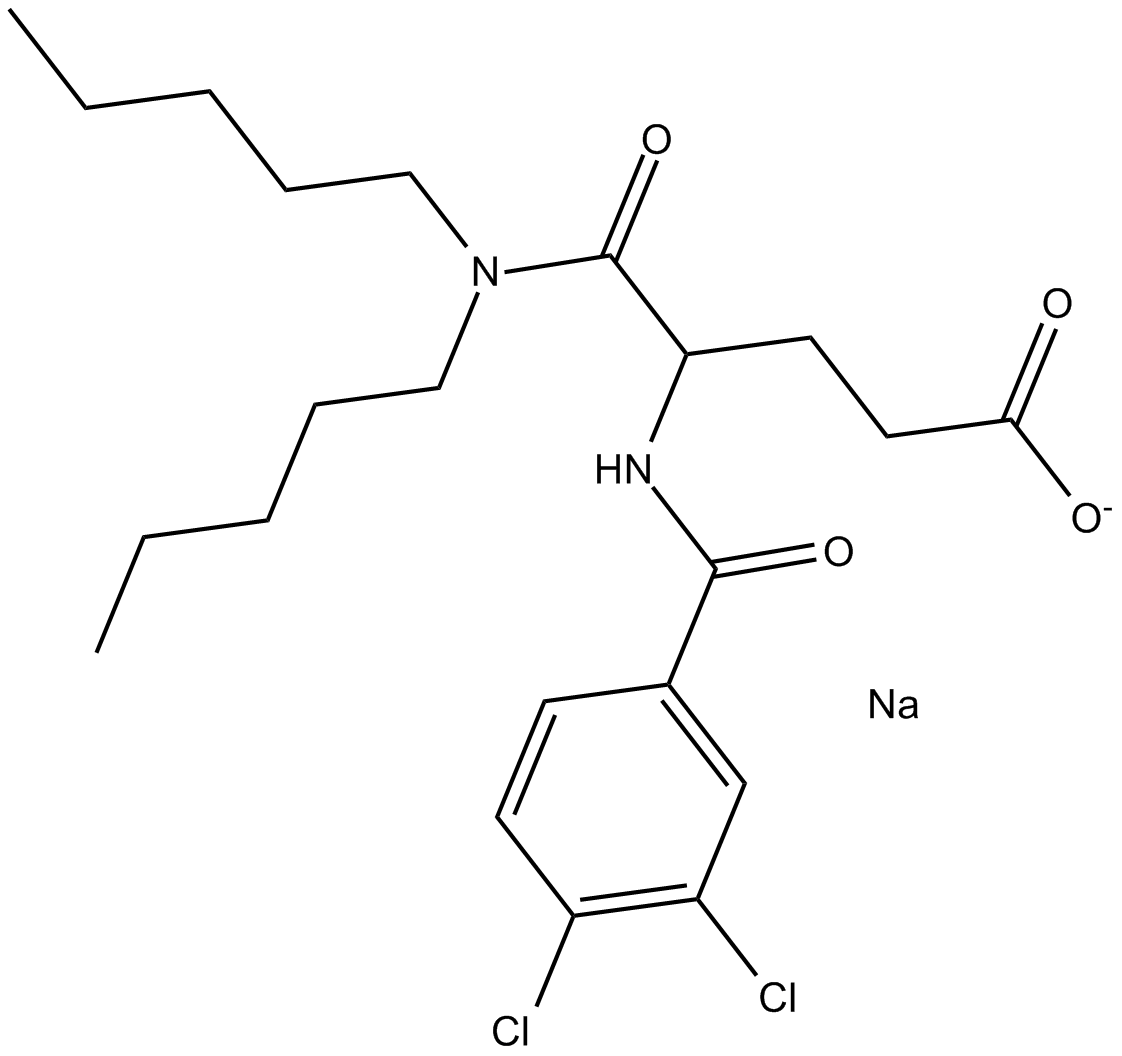
-
GC31382
Loxiglumide (CR-1505)
La loxiglumida (CR-1505) es un antagonista del receptor de colecistoquinina (CCK-1).
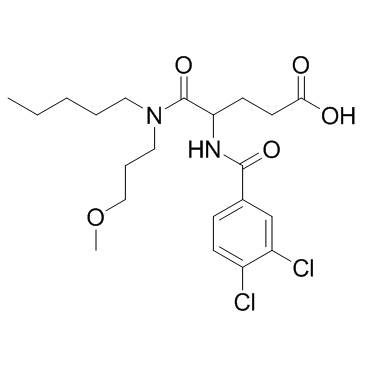
-
GC36610
Mini Gastrin I, human
Mini Gastrin I, humana es una versiÓn mÁs corta de la gastrina humana, consta de los aminoÁcidos 5-17 del péptido original.
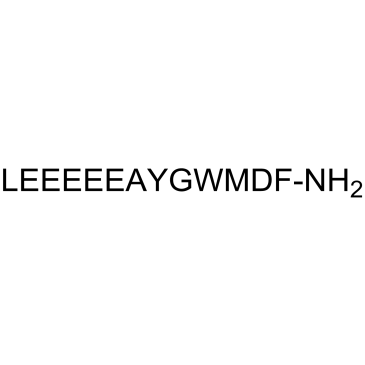
-
GC36611
Mini Gastrin I, human TFA
Mini Gastrin I, humano (TFA) es una versiÓn mÁs corta de la gastrina humana, consta de los aminoÁcidos 5-17 del péptido original.
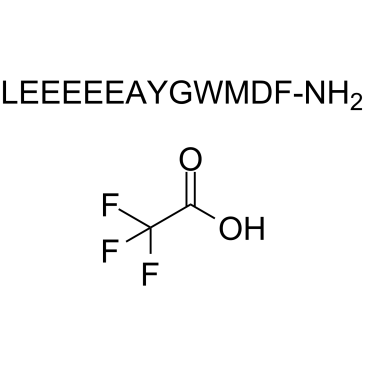
-
GC19258
Nastorazepide
La nastorazepida (Z-360) es un antagonista selectivo del receptor de la gastrina/colecistoquinina 2 (CCK-2) derivado de la 1,5-benzodiazepina, disponible por vÍa oral, con actividad antineoplÁsica potencial.

-
GC32776
Pentagastrin (ICI-50123)
La pentagastrina (ICI-50123) (ICI-50123) es un potente y selectivo antagonista del receptor de la colecistoquinina B (CCKB) con valores IC50 de 11 nM y 1100 nM para CCKB y CCKA, respectivamente.
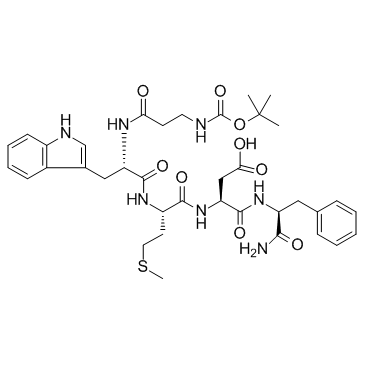
-
GC36976
Proglumide
La proglumida es un antagonista de los receptores de colecistoquinina (CCK)-A/B activo por vÍa oral y no peptÍdico.
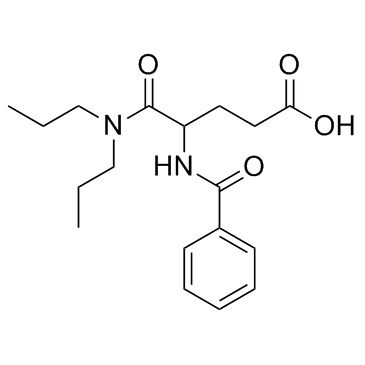
-
GC11012
Proglumide sodium salt
La sal sÓdica de proglumida es un antagonista de los receptores de colecistoquinina (CCK)-A/B no peptÍdico y activo por vÍa oral.
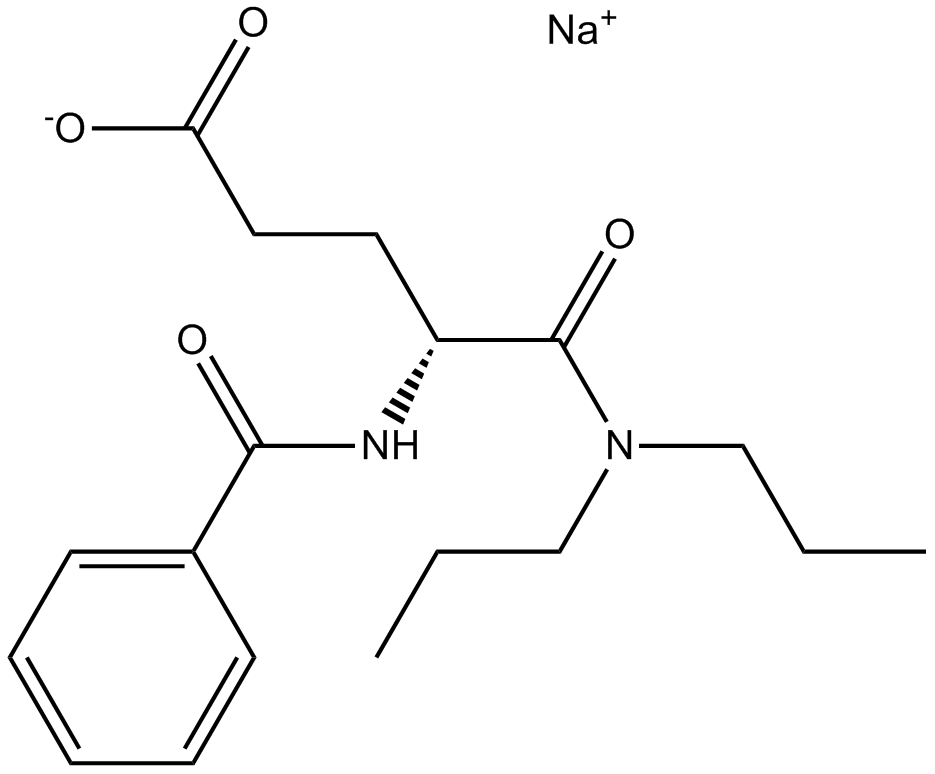
-
GC31407
Sograzepide (Netazepide)
Sograzepide (Netazepide)(Netazepide; YF 476; YM-220) es un antagonista de Gastrina/CCK-B extremadamente potente, altamente selectivo y activo por vÍa oral con un valor IC50 de 0,1 nM, tiene un efecto inhibitorio sobre la actividad de Gastrina/CCK-A con un IC50 de 502 Nuevo Méjico.
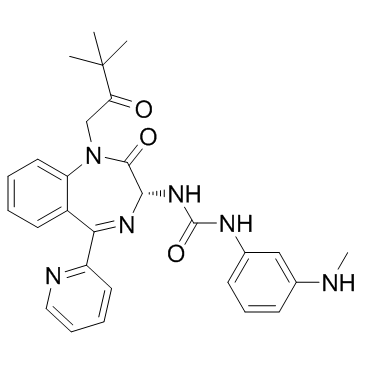
-
GC31613
SR 146131
SR 146131 es un potente agonista del receptor no peptÍdico (colecistoquinina 1), disponible por vÍa oral y selectivo.
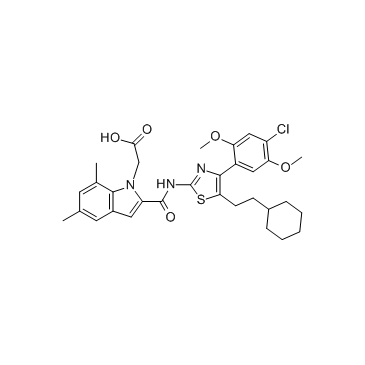
-
GC14258
SR 27897
SR 27897 (SR 27897) es un antagonista del receptor de colecistoquinina (CCK1) altamente potente, selectivo, activo por vÍa oral, competitivo y no peptÍdico con una CE50 de 6 nM y una Ki de 0,2 nM.
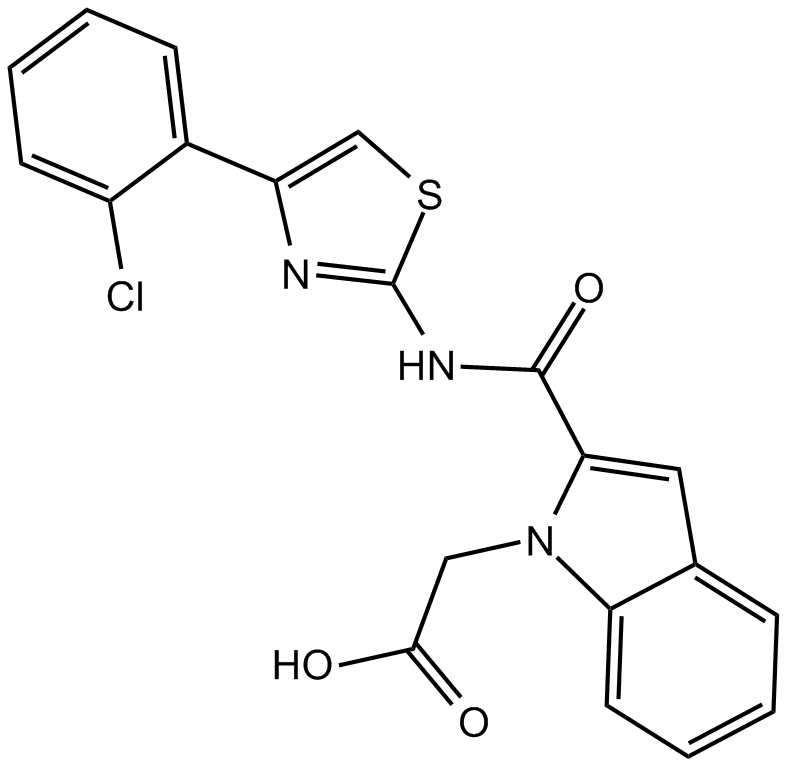
-
GC31477
Tarazepide
La tarazepida es un antagonista potente y especÍfico del receptor CCK-A.
